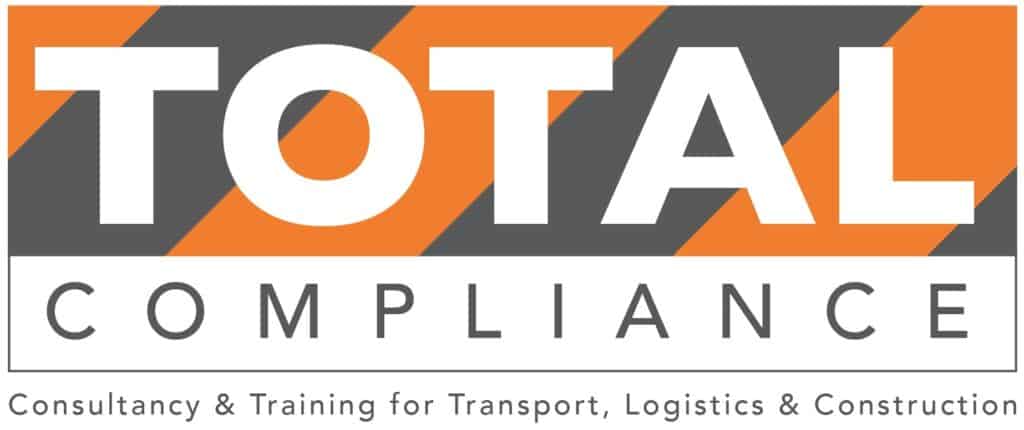

How do you manage Work Related Road Risk (WRRR)?
More than a quarter of incidents on the road involve someone who is at work and so is driving for part of their job.
Health and safety laws apply to all duties that are part of employees role, and that includes driving, so how do you manage the risks?
There are many ways to do this from training, risk assessments and method statements, all of which can help promote fewer incidents, reducing injuries, along with reducing stress to improve mental health.
The health and safety law does not however, apply to people commuting (ie travelling between their home and their usual place of work), unless they are travelling from their home to somewhere which is not their usual place of work.
Employers have duties under health and safety law for on-the-road work activities. The Health and Safety at Work etc Act 1974 states you must ensure, so far as reasonably practicable, the health and safety of all employees while at work. You must also ensure that others are not put at risk by your work-related driving activities. The self-employed have similar responsibilities.
‘So far as reasonably practicable’ means balancing the level of risk against the measures needed to control the real risk in terms of money, time or trouble. However, you do not need to take action if it would be grossly disproportionate to the level of risk.
A starting point is to plan and complete risk assessments. If you are not able to do these yourself, there are lots of companies like ourselves that can come in and help you.
Risk assessment is about identifying and taking sensible measures to control the risks in your workplace, not about creating huge amounts of paperwork. You may already be taking steps to protect your employees, but your risk assessment will help you decide whether you should be doing more. The aim is to make the risk of someone being injured or killed as low as possible.
Identifying the hazards would be the next stage, whereby you look at the the road environment and the potential risk.
Once you have identified the hazards, decide how likely it is that harm will occur. You are not expected to eliminate all risks, but you must make sure you know about the main risks and how to manage them responsibly.
You need to do everything reasonably practicable to protect people from harm. That means putting things in place to reduce the risk to as many people as possible and eliminate risk where you can.
Record all your findings and review these on a regular basis as things change. This is normally done yearly however this does depend on the type of work you are doing.
For help with managing your WRRR or any aspect of health and safety, please contact us on info@totalcompliance.co.uk or call Jonathan Scott who is our NEBOSH qualified health and safety consultant on 07720 875002.
https://totalcompliance.co.uk/health-and-safety/
